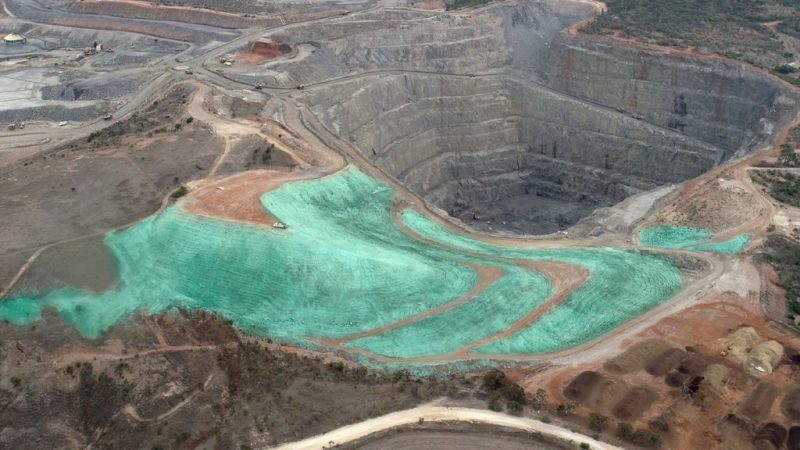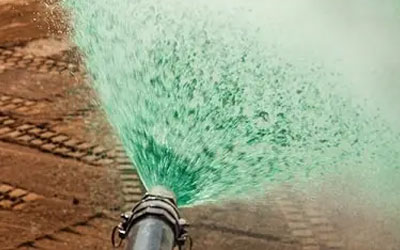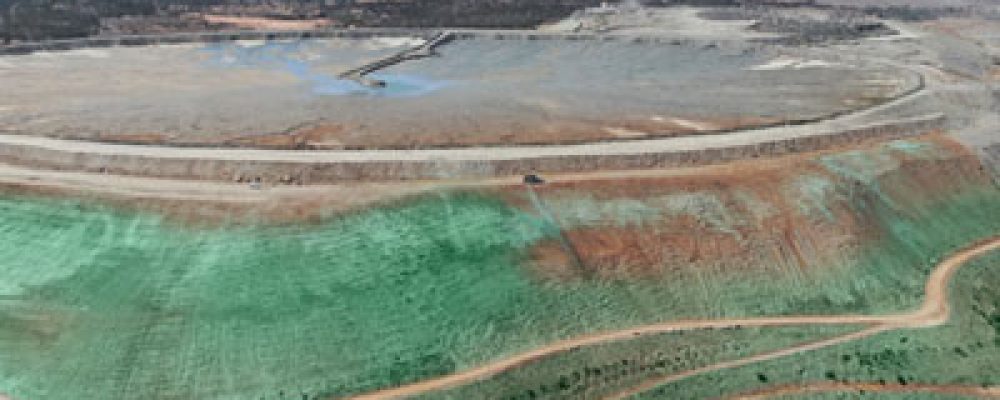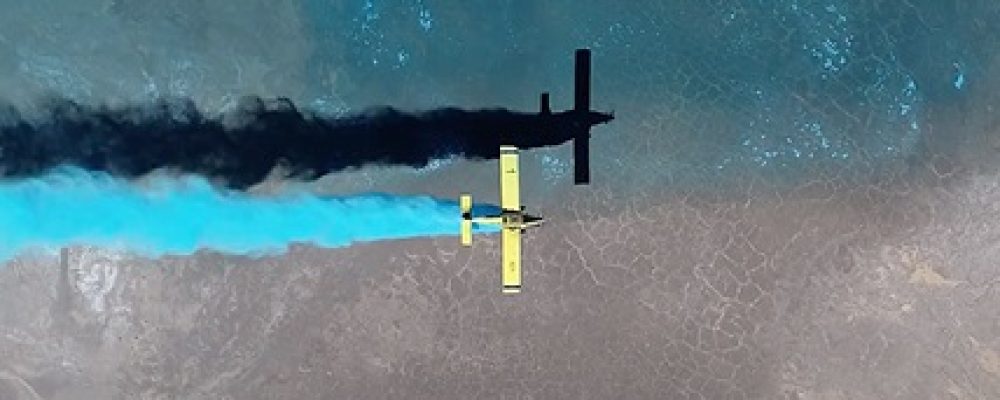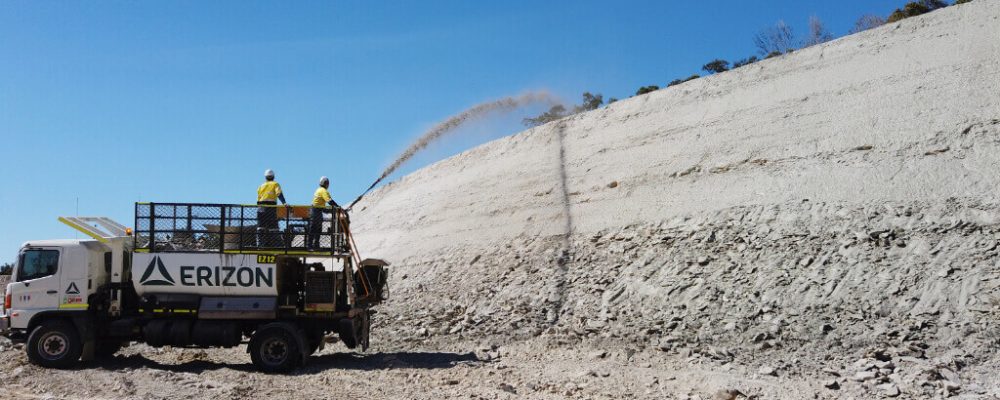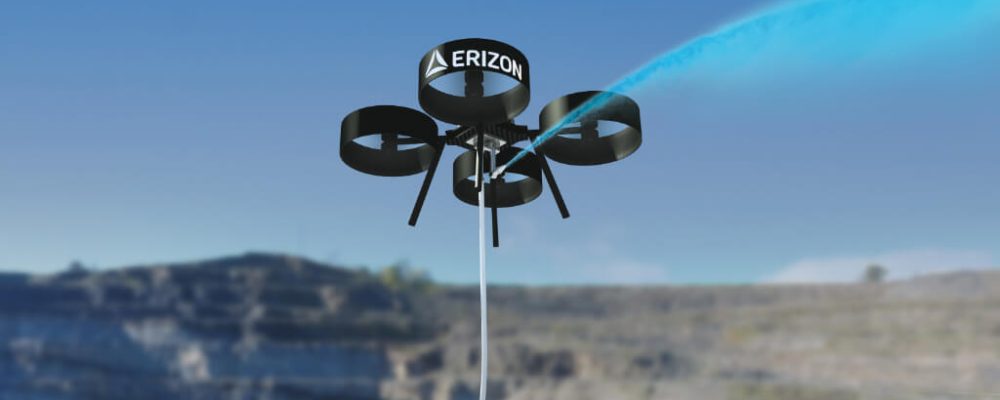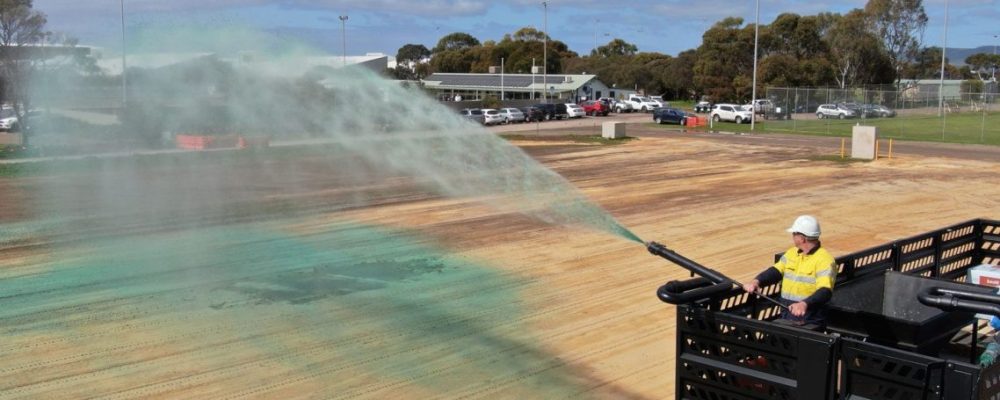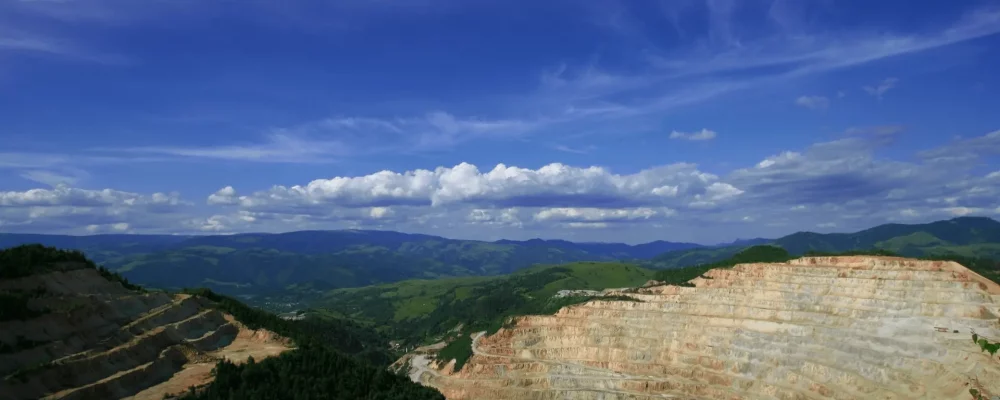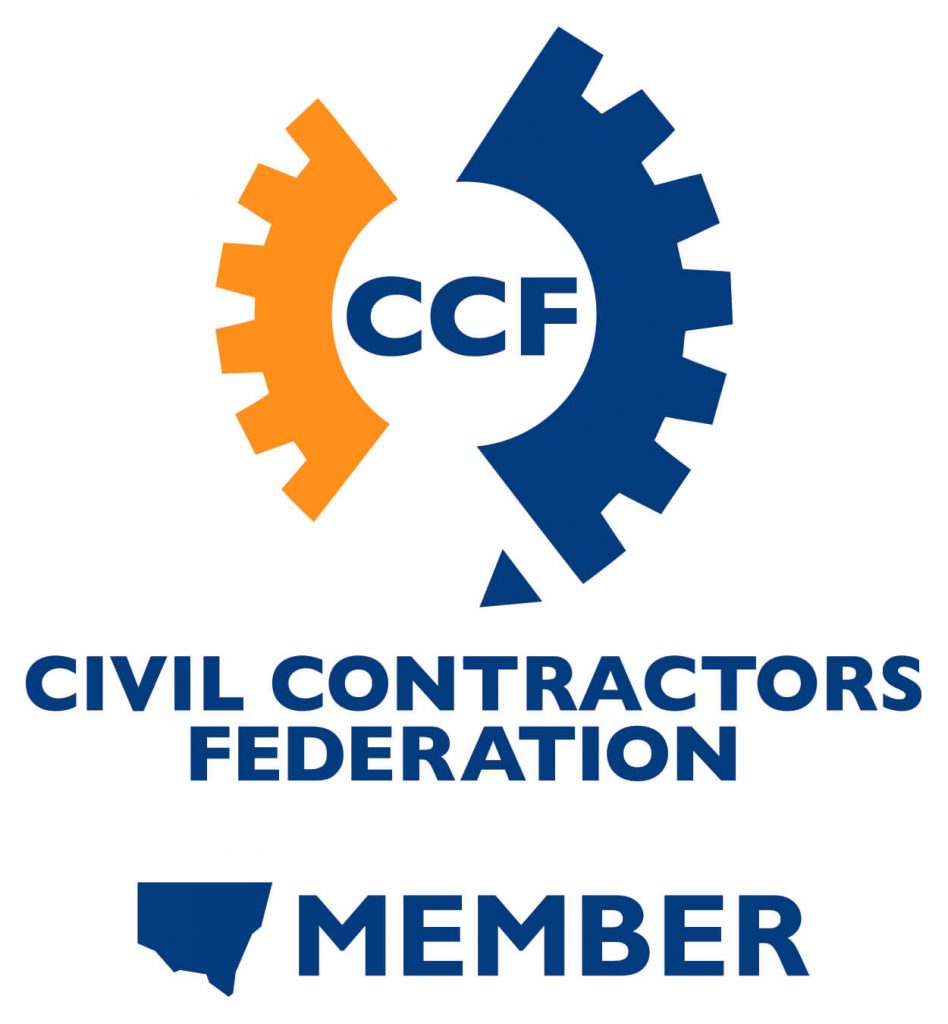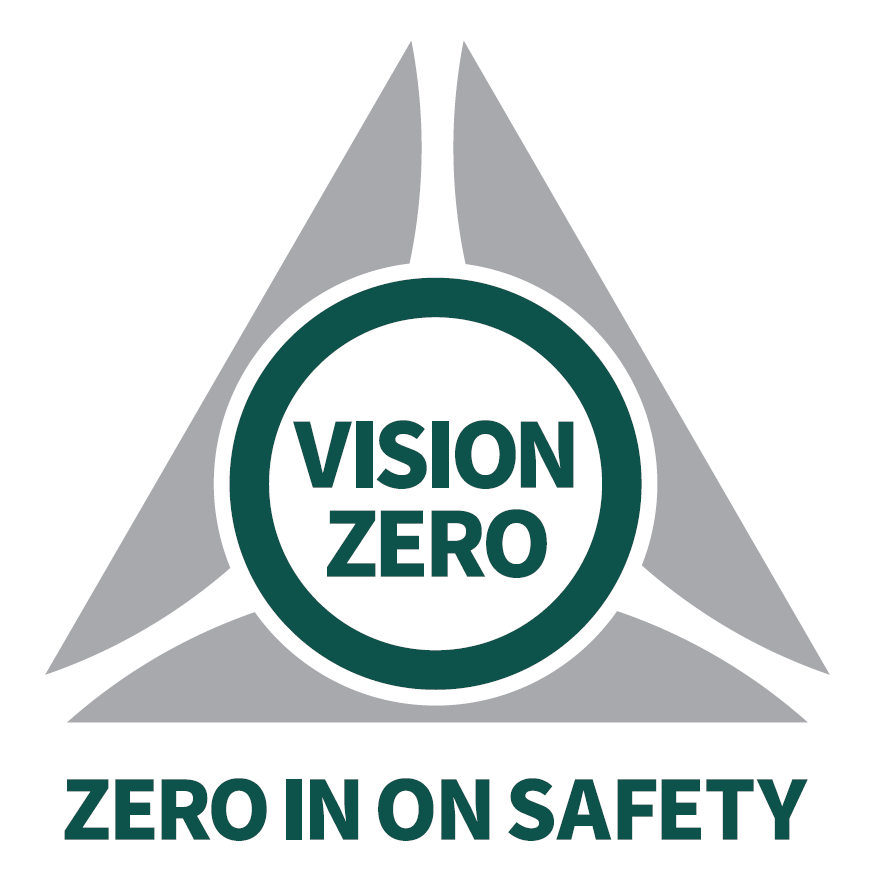
Erizon® believes safety is an integral part of the workforce and a crucial element in everything we seek out to achieve. In consideration of this ideology, we have placed our primary safety strategy ‘Vision Zero’ at the heart of our company. This underlying approach has been designed to create a company culture where safety is our number one priority, and ‘zero’ becomes the only acceptable number for accidents or fatalities in the workplace. To ensure the visibility, understanding and successful implementation of Vision Zero among employees, our focus is to promote awareness and accessibility of safety resources within the workplace and onsite projects.
The safe conduct of our operations and supporting activities relies on our systems, operating procedures, and most importantly, in the way we think and perform. We take a proactive approach in maintaining safety, health, and wellbeing in the workplace to ensure that our team, including clients, contractors, and visitors are protected from injury and illness.
We have active leadership personnel that is responsible for ensuring that Vision Zero is effectively being implemented within the workplace and onsite projects. This is maintained through establishing regular training, control methods, protocol and service exercises, to ensure that the correct safety methods and certifications are being implemented and aligned with the AS/NZS 4801:2001. Additionally, our safety and environmental systems are regularly audited by our clients in high-risk industries to ensure that we are compliant with their WHSEQ requirements.
Vision Zero was built upon three fundamental criteria – Leadership, Control Management, and Process Safety.
Leadership Management
At Erizon® we have understood the need to place leadership at the forefront of our Vision Zero strategy. Having structured leadership management provides a higher level of awareness, organisation, lead consistency and builds a climate of trust and communication at every level of the company. We strongly believe that having an appointed leader provides accountability to the team by ensuring that principles, processes, and procedures are continually updated and adapted into working systems that improve our performance in the workplace.
Viable and robust leadership is a prerequisite for success; management at all levels must provide direction and input into preventive approaches. This makes it clear to everyone that safety and health are considered questions throughout the company.
In practice, this means that:
• Management is committed to occupational safety and health as a core value of the company and communicates this effectively to employees
• Management have an accurate awareness of the company risk profile
• Management leads by example and demonstrates leadership integrity, i.e. by following all occupational safety and health rules at all times
• Management roles and responsibilities are allocated effectively for preventing and managing health and safety risks at the workplace – these are clearly defined, planned and monitored proactively
• Ongoing assessments and reviews are regulated to maintain the effectiveness of health and safety processes and procedures
• Employees are continually involved in controlled management procedures, allowing for their constructive engagement
Control Management
We have recognised that as much as it is vital to have active leadership personnel, it is also essential to have a team that holistically takes charge of their role. We require our employees to have a keen awareness of their surroundings and have the knowledge necessary to take control of risk management procedures when required.
Control management is an ongoing process that is triggered when any changes affect the work or activities on site. It is a requirement that our employees participate in on job training before specific projects and complete a Job Safety Environmental Assessment (JSEA), particularly in the mining, civil and infrastructure industries. The JSEA allows us to adhere to our Vision Zero strategy, which is aimed at assessing all the potential contingencies that may affect the completion of various tasks. This analysis is vital in preparing us for any potential risk that may contribute to the way that an employee would safely react to an issue. We also require our employees to carry a pre-task hazard assessment booklet with them at all times and must be aware of potential hazards and or change in work conditions that require them to take 5 minutes to assess the risk to effectively continue with Vision Zero in mind.
In conjunction with pre-task assessments, we have our ongoing Control Analysis System Method. This methodology is also aligned with the internal audit approach of evaluating risk management and internal control systems on a routine basis.
The control system (figure A1) is intended to eliminate risks and monitor outstanding risk levels to ensure that they are consistent with acceptability and tolerance levels identified in the risk control manual. When risk levels are inconsistently within the red zone, the potential contingency must be revisited, and a new approach with a lower risk level will be established utilising the Hierarchy of Control Measures (figure A2).
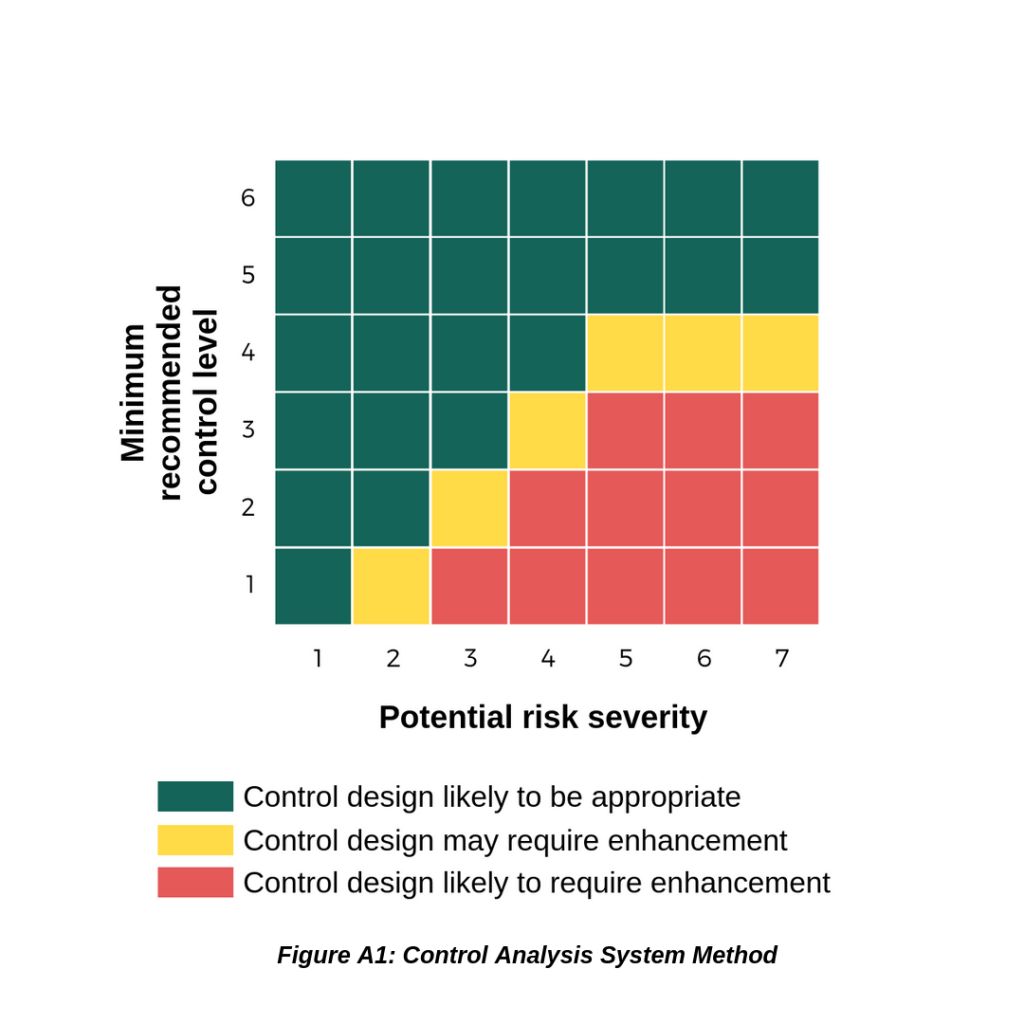
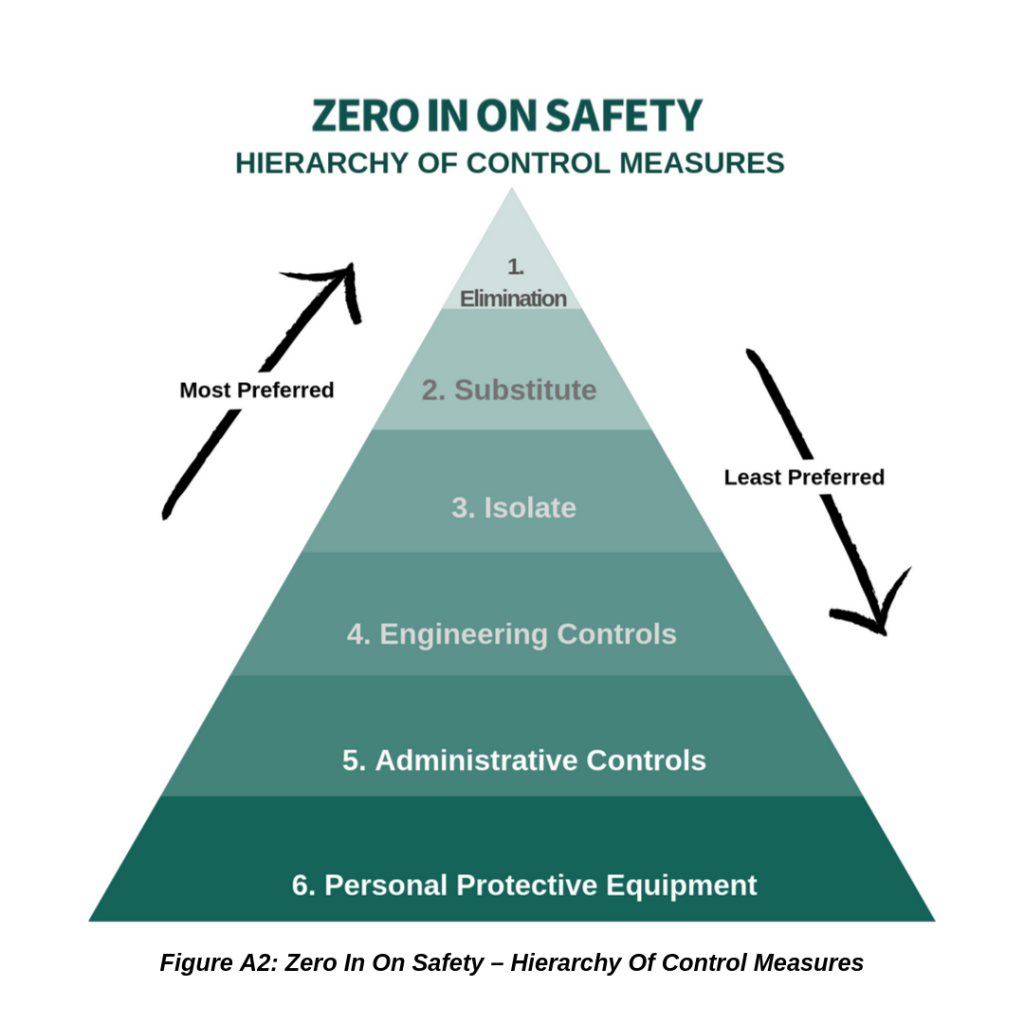
Control Analysis System Method:
Every process and procedure has an underlying set of roles and responsibilities which sit in line under the potential risk indicator. To maintain a high level of safety, Erizon® has a control analysis method that helps to maintain low-level risks across the board. This risk-based strategy not only maintains a high level of safety, but it also reduces the potential for assigning additional resources on managing lower-risk activities. The following methodology helps us to maintain this ideology so that our resources are better spent on addressing high-risk activities.
Zero In On Safety – Hierarchy Of Control Measures:
1. Elimination
The framework surrounding Vision Zero is designed to eliminate hazards and risks to a point where there is ‘zero’ chance of workplace injury or illness. When reviewing our processes, the first priority is to ensure that it sits within the green risk zone between 1-2, however, if it begins to move past this into the red area between 3-7, we need to look at substituting the processes for a lower risk method.
2. Substitute
When a process approaches a high-level risk indicator, a new method is required to be substituted, evaluated and implemented into the control system. The entirety of the workforce is immediately notified of this change verbally and in documentation form. This form is required to be signed off by each individual to acknowledge that they have clearly understood how to fulfil the new process effectively accurately. This process will remain under a probationary test period with additional care taken until management is satisfied that the new method has successfully met the low-risk category.
3. Isolate
On some occasions high-risk procedures are unable to be substituted therefore must be isolated with restricted access placed on the plant and equipment or in the case of a substance, locking them away with strict controls. A step by step process will be issued to ensure that when the high-risk activity is in action that employees know the correct procedures to ensure zero injury or illness.
4. Engineering controls
Engineering Controls involve redesigning a process to place a barrier between the person and the hazard or remove the risk from the person, such as machinery guarding, proximity guarding, exclusion systems or removing the operator to a remote location away from the hazard.
5. Administrative controls
Administrative controls include adopting standard operating procedures or safe work practices and providing ongoing training, instruction, and access to information to reduce the potential for harm and or adverse health effects. Some administrative controls may include; Isolation or a permit to work.
6. Personal protective equipment
Personal protective equipment (PPE) is an essential requirement when working within our company, each process and procedure requires specific PPE depending on the task at hand. This may include a safety helmet, eye protection, earmuffs, protective and high visibility clothing, protective gloves and protective footwear. This PPE are designed to reduce exposure to hazards and are the last line of defence in all control measures
Process Safety
Process safety is a disciplined framework that helps us maintain the integrity and operational systems of not only our safety guidelines but the safety requirements following our client’s processes and procedures. This ideology has been put in place to maintain the highest quality safety measures possible. Our operating systems are designed to keep the process within the window of safe operations by ensuring that normal process deviations do not compromise the basis of safety.
Commitment to process safety is the cornerstone of Vision Zero excellence. The main objective of this approach is to help our company build and operate a more effective process safety management system, by focusing on new ways to design, correct, or improve process safety management practices.
Effective process safety management requires a systematic approach to evaluating the entirety of external and internal processes. Using this approach, the process design, process technology, process changes, operational and maintenance activities and procedures, non-routine activities and procedures, emergency procedures plans, and procedures, training programs and other elements that affect the process are all in consideration in the evaluation.
These evaluations are the basis for providing fundamental data that can trigger attention to operational processes and procedures that may need to be investigated and reviewed. This system process is an evolving and on-going activity integrated into regulated evaluations of the following areas:
1. Accountability: objectives & goals
2. Stability of operations
3. Stability of systems
4. Stability of the company
5. Quality process
6. Management accessibility
7. Communication
8. Company expectations
9. Process knowledge/documentation
10. Regulatory hazard reviews/identification
Conclusion:
Our Vision Zero safety strategy underpins all aspects of Erizon’s® capability and is an integral part of the way we deliver work-related tasks effectively. This framework is a forward-thinking approach designed for establishing safety as a line of defence in preventing injury, illness or fatality. Vision Zero has set our company in a direction that supports our workers from now and into the future, as a result of maintaining regulated leadership management, control management, and process safety. In making a long-term impact in our industry, it is the responsibility of every single person within the company from, those on-site through to those in the office and upper management, to exercise their duty of care so that every individual worker can go home safely to their families at the end of their workday.
If you would like to know more about Erizon® and what we offer,
please don’t hesitate to get in contact with our team today.
